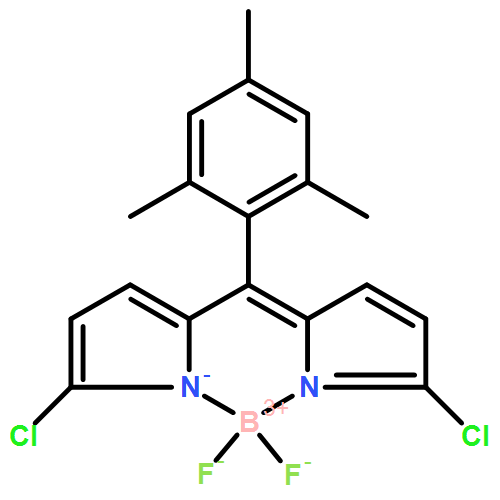Abstract
The first examples of air-stable 20π-electron 5,10,15,20-tetraaryl-5,15-diaza-5,15-dihydroporphyrins, their 18π-electron dications, and the 19π-electron radical cation were prepared through metal-templated annulation of nickel(II) bis(5-arylamino-3-chloro-8-mesityldipyrrin) complexes followed by oxidation. The neutral 20π-electron derivatives are antiaromatic and the cationic 18π-electron derivatives are aromatic in terms of the magnetic criterion of aromaticity. The meso N atoms in these diazaporphyrinoids give rise to characteristic redox and optical properties for the compounds that are not typical of isoelectronic 5,10,15,20-tetraarylporphyrins.
